K1DDO1979
Silver Member
More super cold and some snow on the way so i bundled up and went out in the freezing temps to dig where i could. No major finds today but I got two silver dimes (1968 50% silver and 1953 80% silver), three old spoons (stacked together in the same hole), 1867-1967 confederation medal and my favourite find for the day is a nice dropped enfield bullet with a number 8 in the cavity. I dug some others in the past that still have the plug inside so i may have other marked ones but i didn't take the plugs out to look. It was hard to get a very good picture of the inside but if anyone knows anything on the number please let me know. Thanks for looking! [emoji2]
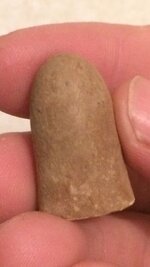
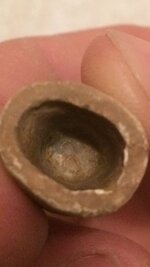
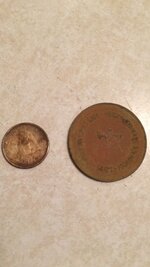
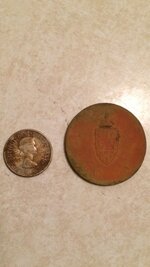
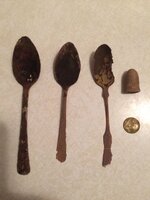
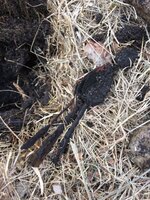
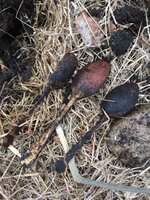







Amazon Forum Fav 👍
Upvote
10







